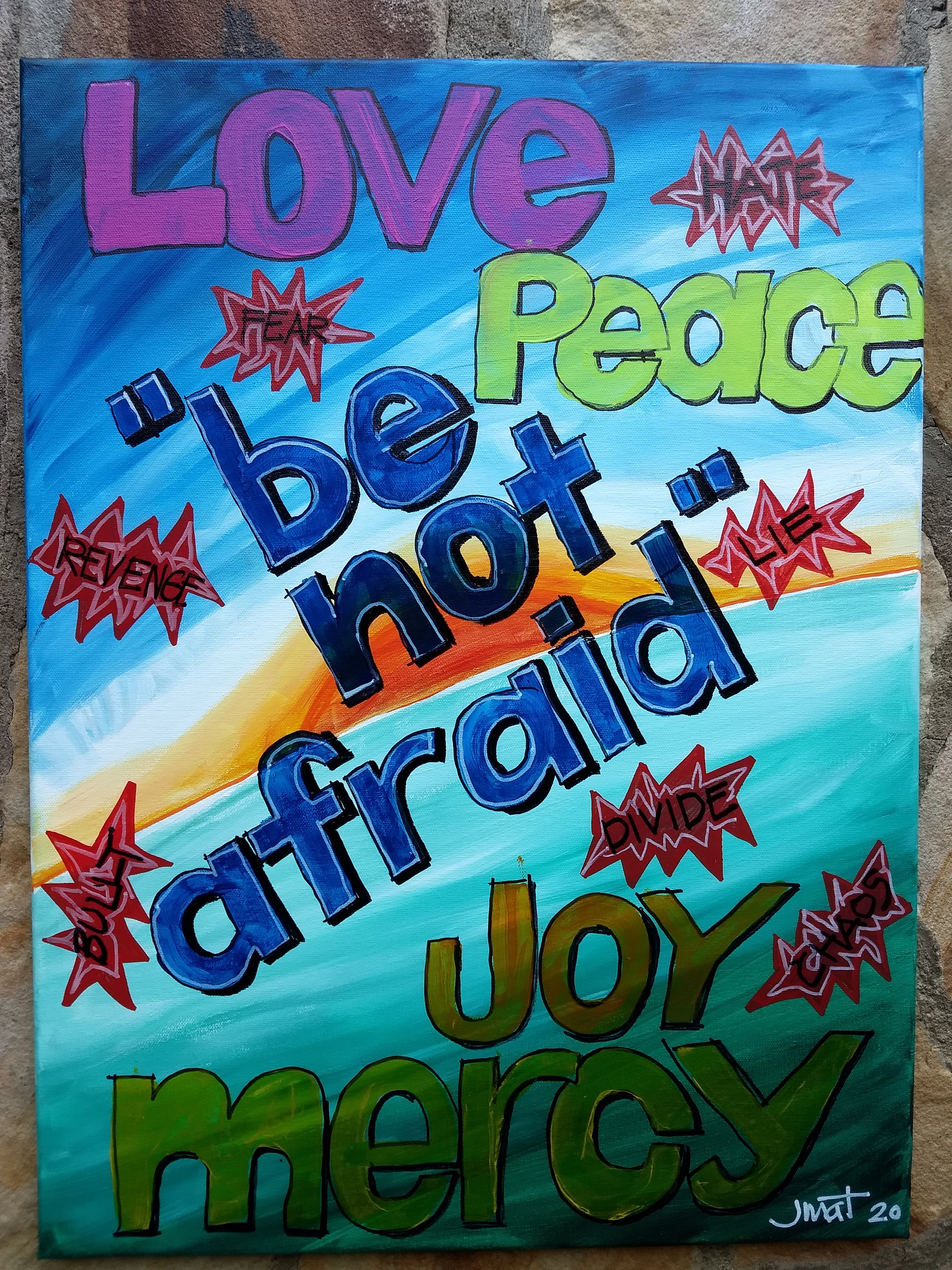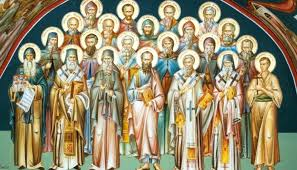Epiphany of the Lord
“We saw his star at its rising and have come to do him homage.” Mt. 2: 1
A brilliant star in the sky. Magi from the east. Camels laden with gold, frankincense and myrrh.
These elements immediately pull us into what has become a major part of the Christmas story. And these vivid images create a sense of wonder and mystery. It’s almost like Scene One in a play that draws us in and creates clues as to what will happen next.
Then comes Scene Two. The star has left the sky. The Magi have lost their way. And we’re introduced to a power-crazed king named Herod.
We sense the mood has eerily changed. Something is not right. Suspicion sets in.
And yet this scary king acts like he’s truly interested. He even tells the wise ones from the East “Go and search diligently for the child. When you have found him, bring me word, that I too may go and do him homage.”
Scene Three brings another change in mood.
“Behold, the star that they had seen at its rising preceded them, until it came and stopped over the place where the child was …. And on entering the house they saw the child with Mary his mother.”
The Magi do him homage. All is well.
Until a dream warns the wise ones of impending danger.
Scene Four tells us that out of fear of Herod, the evil king, “they departed for their country by another way.”
Scene Five, the climax of this ancient drama, leaves us in a state of horror. King Herod, we’re told, furious about being deceived, “killed all the children in and around Bethlehem who were two years old and under.”
Epiphany, a word meaning a divine manifestation during human history, is one of the most cherished feasts in all Christendom. And yet, Epiphany is ultimately built around a migration story – Joseph and Mary and the child Jesus having to flee to Egypt to avoid the massacre ordered by Herod; a story of marginalization – the plight of the poorest of people; and a story of displacement – especially its impact on the fragility and innocence of a child.
What we North Americans may not know is that the feast of Epiphany has a very strong tradition in the Catholic cultures of Latin America and the Caribbean. On the eve of Three Kings Day in those cultures, children get a shoebox and put fresh grass in it. The shoebox is then left under the Christmas tree or the bed. Very early on Epiphany morning, children un-wrap the gifts left by the Three Kings. The grass is eaten by horses. The whole day is then celebrated by all the family.
Children in all cultures, it seems, are a major focus of Epiphany and of this gospel story. Not just the child Jesus. Not just those slain by the brutal king Herod. But all children everywhere.
And now this is an important moment for us to step back from this ancient drama and remind ourselves that Herod isn’t the only one who has killed and maimed and fiercely mistreated children throughout the world.
Herod isn’t the only one who has left children impoverished and trafficked, hungry and displaced, vulnerable to every kind of terror.
Today in the US we see one out of four children in the USA under the age of six living in poverty. Overall, 22% of children in our country are poor. In the developed world, only Mexico, Chile and Turkey have higher child poverty rates than our United States.
According to Wikipedia, current reports are that 1,200,000 children are trafficked each year, a state of affairs that has become so severe that it has been declared a major human rights violation.
In the United States, one out of every five children “struggle with hunger” – leading to severe physical and emotional health issues.
The list of abandonment and housing and medical issues concerning children goes on and on.
Today’s gospel challenges all of us to become better informed and more willing to end the misery that affects so many of our youth.
The star, the magi, a mother, a father, and a baby all plead with us to open our eyes and our hearts to the realities of terror and migration that vulnerable, helpless children must face in today’s world, our world.
Many, many years ago, three wise men beckoned us to follow a star – a star that would lead us to the fulfillment of all our hopes and dreams. They found it in a child born into great poverty. They found it in a child whose parents had to flee to another country to protect him – as countless numbers of parents still must do.
That same star exists even now. And it still beckons. It still inspires. It still calls each of us to risk reaching outside of our safe little lives to follow those wise men to the only place we can find true fulfillment: in a child – a child who becomes for us “Wonder Counselor, Mighty God, Prince of Peace.”
Perhaps all of this is best said in these borrowed words:
When the song of the angels is stilled,
When the star in the sky is gone,
When the kings and princes have gone home,
When the shepherds are back with their flock,
The work of Christmas begins:
To find the lost,
To heal the broken,
To feed the hungry,
To release the prisoner,
To rebuild the nations,
To bring peace to all,
To make music in the heart. (Dr. Howard Thurman)
And I would add:
To follow that star and those wise men to a place deep within each of us – that place of innate sensitivity to the pain and heartache of so, so many children throughout the world.
Ted Wolgamot, Psy.D.








